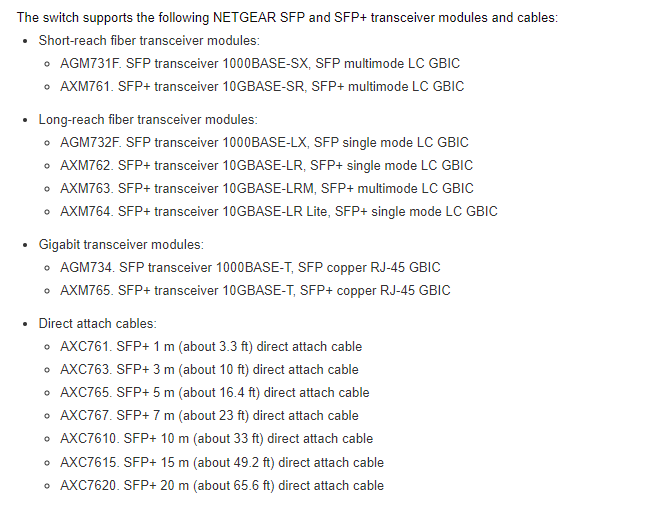Awareness | Fiber Network Considerations
Information
This article will discuss points that should be considered when working with a fiber network.
Single-Mode Fiber (SMF) and Multimode Fiber (MMF) Optic Cable Types
Single-mode fiber (SMF) and multimode fiber (MMF) optic cable types are widely used in diverse applications. However, the differences between single-mode fiber and multimode fiber optic cables can still be confusing. Single mode means the fiber enables one type of light mode to be propagated at a time, while multimode means the fiber can propagate multiple modes. The differences between single-mode and multimode fiber optic cables mainly lie in fiber core diameter, wavelength & light source, bandwidth, color sheath, distance, and cost.
Single Mode vs Multimode Fiber Distance
It is known that single-mode fiber is suitable for long-distance applications, while multimode optical fiber is designed for short-distance runs. When comparing single mode vs multimode fiber distance, what are the quantifiable differences?

From the chart, we can see that single-mode fiber distance is much longer than that of multimode fiber cables at data rates from 1G to 10 G. However, OM3/OM4 multimode fiber supports a higher data rate. This is because multimode optical fiber has a larger core size and supports more than one light mode. Its fiber distance is limited by modal dispersion, a common phenomenon in multimode step-index fiber, while single-mode fiber is not. OS2 single-mode fiber, not listed in the table, could support longer distances in 40G and 100G links.
For information regarding fiber modules used with the M4250 switches, see the information below.
